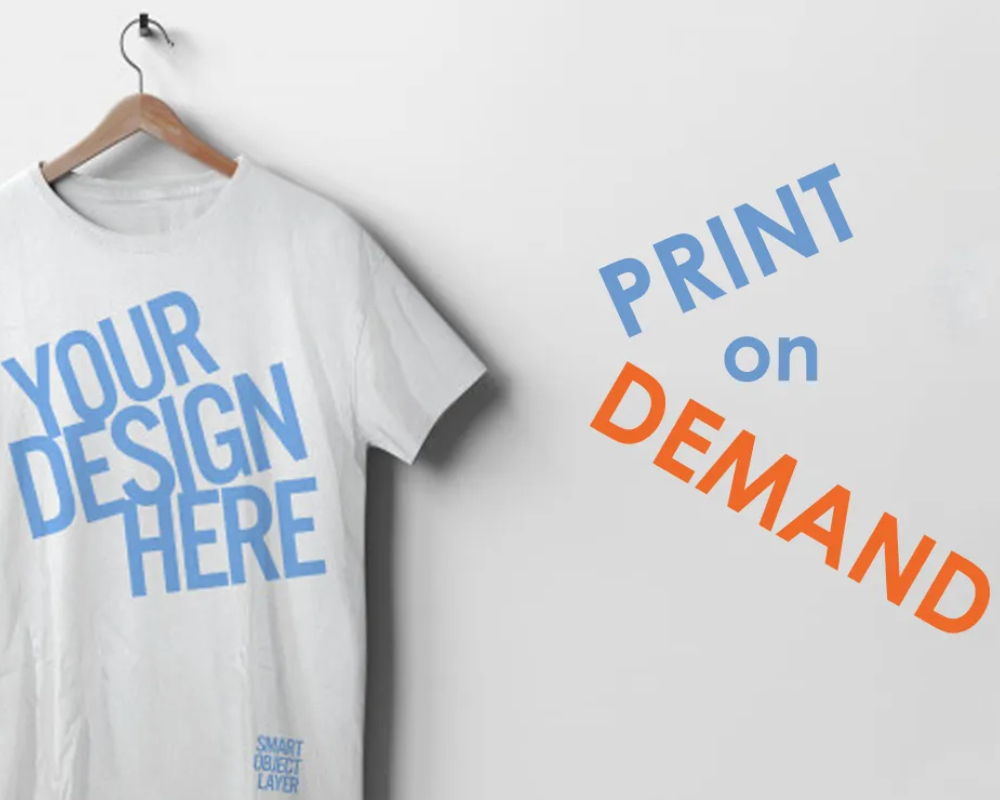Creating eye-catching sublimation designs requires a combination of creativity, technical skills, and attention to detail. Whether you’re designing for apparel, home decor, or accessories, the following step-by-step guide will help you create visually appealing and vibrant sublimation designs.
- Understand the Sublimation Process: Sublimation is a printing technique that uses heat to transfer ink onto a substrate, such as fabric or ceramics. It works by converting solid ink into a gas state, allowing it to penetrate the surface of the material and create a permanent bond. Familiarize yourself with the sublimation process, including the ideal materials, color profiles, and printing settings to ensure optimal results.
- Define Your Design Concept: Before diving into the design process, clearly define your concept and target audience. Consider the purpose of the design, the emotions you want to evoke, and the aesthetics that align with your audience’s preferences. This will serve as the foundation for your design and guide your creative decisions.
- Research Trends and Inspiration: Stay updated with current design trends and seek inspiration from various sources, such as fashion, art, and nature. Explore color palettes, patterns, and typography styles that are popular in your target market. However, don’t be afraid to add your unique touch and push the boundaries of creativity.
- Choose the Right Design Software: Select a design software that suits your skill level and offers the necessary tools for creating sublimation designs. Adobe Photoshop and Adobe Illustrator are popular choices, providing a wide range of design capabilities, such as image editing, vector graphics, and text manipulation.
- Determine the Design Dimensions: Identify the dimensions of the product you’ll be sublimating onto, whether it’s a t-shirt, mug, or any other item. Ensure your design fits within the printable area and takes into account any specific guidelines provided by your sublimation equipment or printing service.
- Layout and Composition: Start by creating a blank canvas in your design software with the dimensions you determined in the previous step. Pay attention to the composition of your design, considering factors like balance, focal points, and negative space. Experiment with different arrangements of elements to achieve a visually appealing design.
- Color Selection and Contrast: Choose a color palette that aligns with your design concept and evokes the desired emotions. Consider the psychology of colors and how they can impact the perception of your design. Ensure there is sufficient contrast between different elements to enhance visibility and readability.
- Typography and Text: If your design includes text, select appropriate fonts that complement the overall style and enhance legibility. Pay attention to font sizing, spacing, and alignment. Consider using typography as a design element itself, experimenting with creative text effects and layouts.
- Incorporate Visual Elements: Integrate visually appealing elements such as illustrations, patterns, or photographs that enhance the overall design. These elements should support your concept and provide visual interest. Ensure that any images or graphics used are of high resolution to maintain clarity and sharpness.
- Preview and Adjust: Once your design is complete, take the time to preview it in various sizes and formats to ensure it retains its impact across different applications. Make any necessary adjustments to colors, positioning, or other elements to achieve the desired visual effect.
- Test and Refine: Before proceeding with large-scale production, it’s essential to test your design on a sample or prototype. Evaluate the print quality, color vibrancy, and overall appearance of the sublimated product. Make any refinements or modifications as needed to achieve the best possible result.
- Maintain a Design Portfolio: Keep a comprehensive portfolio of your sublimation designs to showcase your creativity and attract potential clients or customers. Regularly update your portfolio with new designs to demonstrate your versatility and skills.



